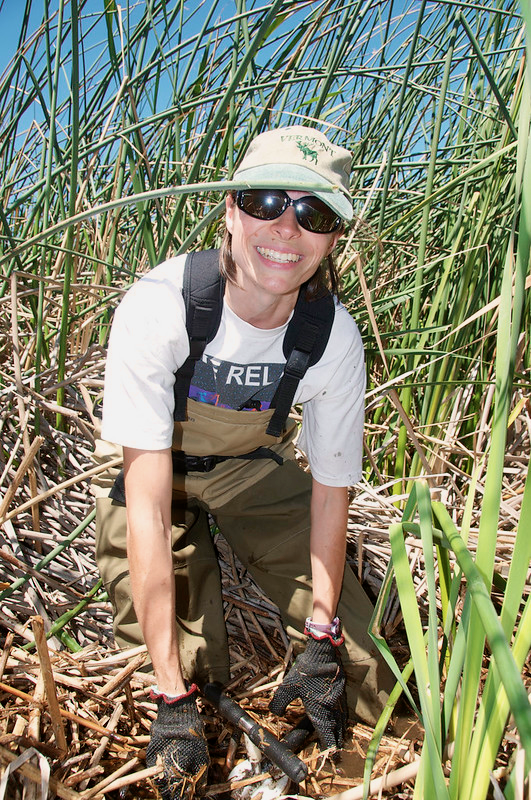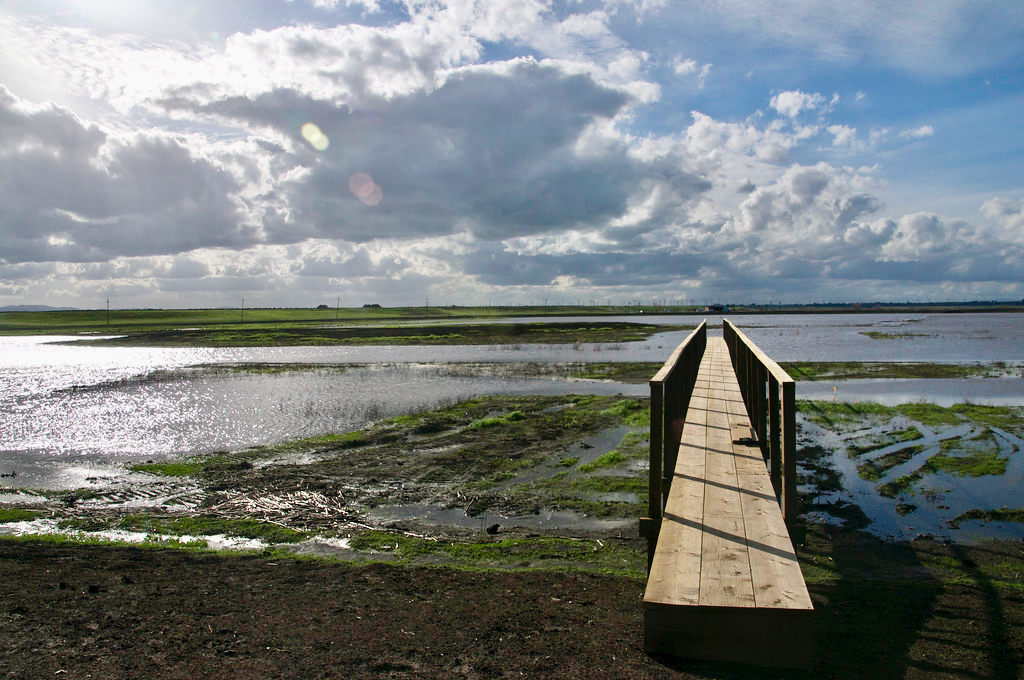As sea levels rise due to global warming, ecosystems are being altered. One small silver lining, scientists believed, was that the tidal wetlands found in estuaries might produce less methane – a potent greenhouse gas – as the increasing influx of sea water makes these habitats less hospitable to methane-producing microbes.
However, research from biologists at Berkeley Lab and UC Berkeley indicates that these assumptions aren’t always true. After examining the microbial, chemical, and geological features of 11 wetland zones, the team found that a recently restored wetland region exposed to a slight amount of seawater was emitting surprisingly high levels of methane – far more than any of the freshwater sites.

Their results, now published in mSystems, indicate that the factors governing how much greenhouse gas is stored or emitted in natural landscapes are more complex and difficult to predict than previously thought. The researchers dug in the dirt of Bay Area wetlands to unearth microbes like bacteria, viruses, and fungi. After sequencing their DNA, the scientists examined what genes were present, mapped them to their functions, and modeled how that information, combined with chemical factors in the soil and water, could result in the methane emissions they observed.
The team, which looked at both methane cycling and the effect of sulfate (an ion with sulfur and oxygen) levels in the water, was led by Susannah Tringe, director of the Environmental Genomics & Systems Biology Division. Other Biosciences Area authors are affiliated with the DOE Joint Genome Institute: Clifton Bueno de Mesquita, postdoctoral researcher; Wyatt Hartman, former project scientist; and former postdoctoral researcher Susanna Theroux.
Read more on the Berkeley Lab News Center.




